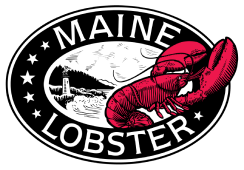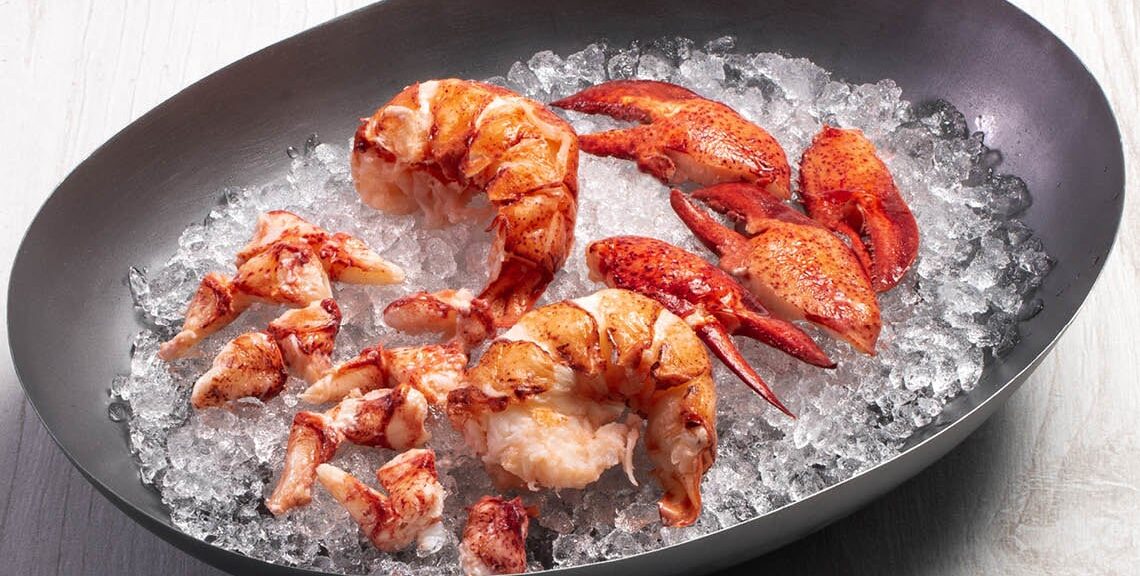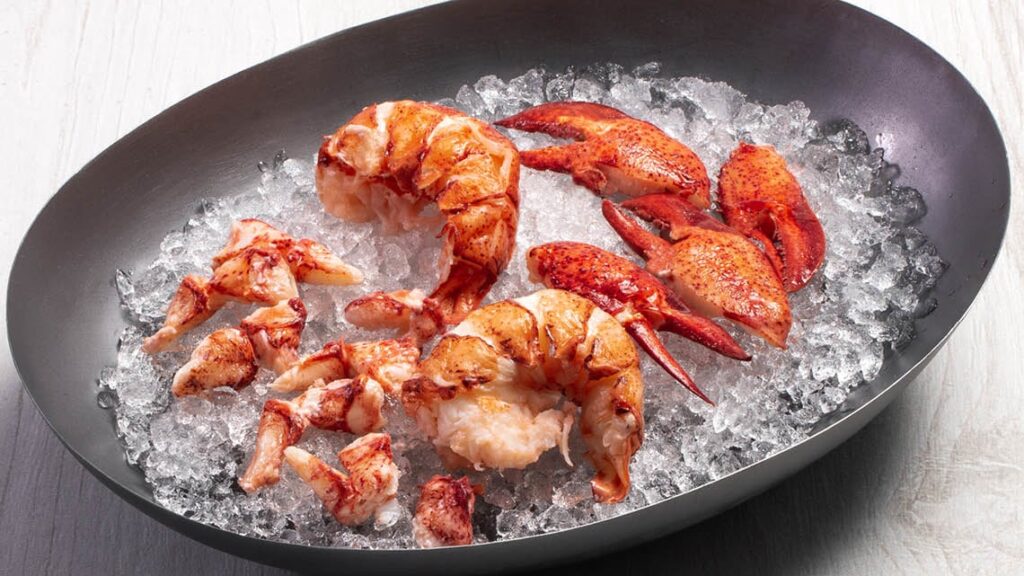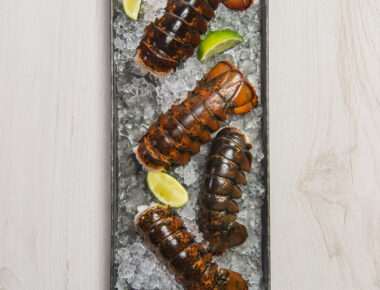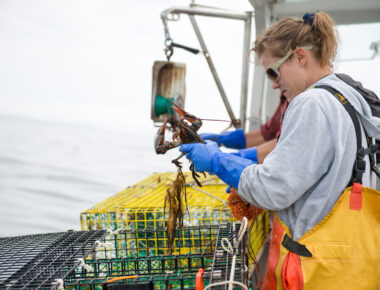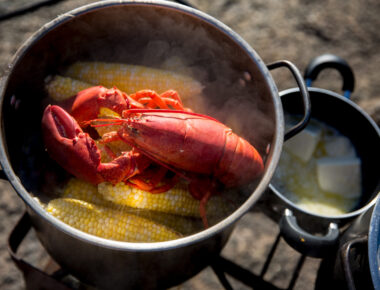Spreading the great taste of Maine lobster across the country is something that’s been done for over a century. Prior to modern refrigeration, in order to preserve lobster meat, it was canned in hermetically sealed tins which made it shelf stable. By 1880, more canned lobster meat was produced and supplied than live lobster. Modern refrigeration in the late 1960s and 1970s diminished the need for canning lobster meat and opened the door to preserve fresh meat.
Still, even with modern refrigeration, frozen lobster meat was something that many, certainly those who reside along Maine’s coast, turned their noses up at. Techniques for freezing lobster meat varied: soak it in milk to reduce freezer burn, wrap it tightly so there was no air left in the packaging and so forth. No matter what technique, slow freezing was never going to compare to the fresh product. Change in texture, flavor and even color are all results of slow freezing lobster.
Over the past decade, as more processing has been done in Maine instead of Canada, methods for freezing, food technology, and science in general have transformed the quality of a “frozen” lobster meat product to a product so high in quality, even the most discerning might not be able to tell the difference between fresh and frozen.
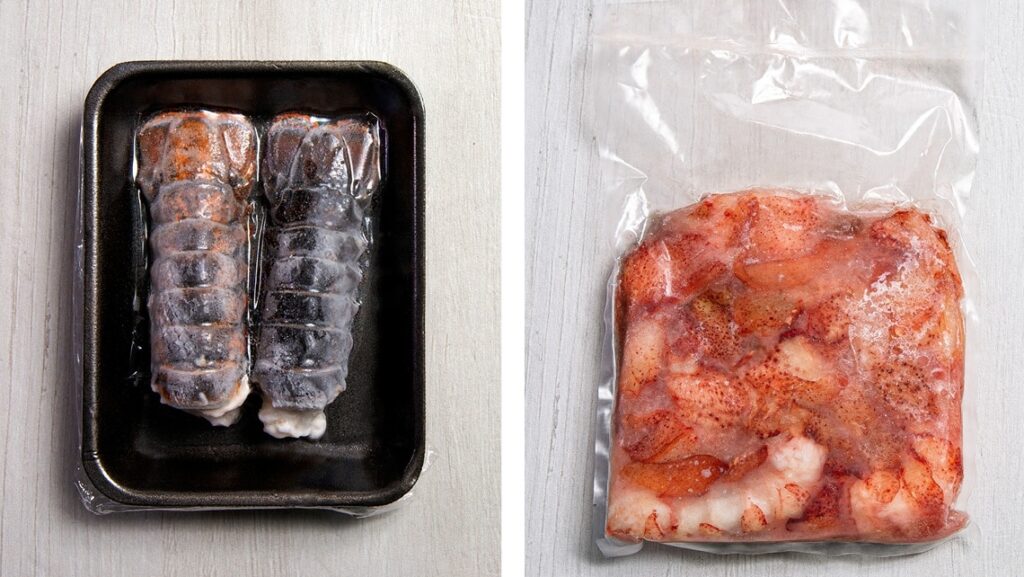
So, what exactly is the technology that’s allowed for this transformation? There are several. Gas or Nitro freezing uses Nitrogen (-320.44 °F) or Carbon Dioxide (-78.5 °F) to freeze lobster meat. Gas freezing is extremely quick and does not change the taste or texture of the meat. Often a light glazing is used to “finish” the product and protect it by sealing in the flavor.
Another technique is brine freezing which immerses the meat in a super cold brine and then adds on a protective glazing. Unfortunately, this method is not as quick as gas freezing and can leave a very salty taste, if done poorly.
Last but not least, ultra-high-pressure processing: the latest technology in processing which allows for the lobster meat to be detached from the shell. This process leaves the texture, flavor, and nutrients intact.
Of these techniques, gas freezing is generally the method that produces the best quality meat. “If you freeze lobster meat overnight, the flavor, moisture, and juices drain out. If you flash freeze with nitro gas, the flavor and texture will all remain intact so that when you thaw, the freshness and flavor is still inside,” notes Ben McKinney, Vice President of Operations for Luke’s Seafood Company.
After the meat is frozen, storing at proper temperatures is key. Temperatures warmer than 0°F (-18° C) may cause product damage. Under ideal frozen temperatures of -15 to -20° °F (-26 to -30°C) or below, frozen lobster tails can be stored with no quality loss for up to nine months.
